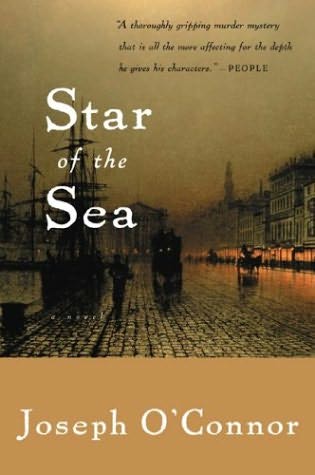Fiction.

1847. A vessel, the Star of the Sea, departs from an Ireland stormed by the famine. Most of the passengers of the ship are poor farmers and land tenants driven away from their properties. Among them travel Lord Meredith (a nobleman in bankruptcy), his wife, their two children, their maid, a journalist and a man who carries in his past a long list of murders, this last fact unknown to the other passengers, or so it seems…
The destination of the Star of the Sea is America, the Promised Land for most of the passengers. However, each of them, not only the killer, carries a hidden past: one that the author of this novel is going to reveal to us as we read the chapters that describe the 29 days of the voyage.
The double sense in the name and description of each chapter is a resource that the author used in a very original way. The story is intriguing since the beginning. The depth given to the backgroung and motivations of each character are one of the most interesting aspects of this novel.
The atmosphere of the novel is polluted by the famine and corruption of the land which even follows the passengers in their travel on the sea. But the rottenness is also present in some of their own flesh and hearts.
Besides all of this, reading Star of the Sea could propose to us the following question:
Besides all of this, reading Star of the Sea could propose to us the following question:
Is the act of writing history a creative one?
I think it could be. After all, history and fiction share no few aspects.





























































































No hay comentarios.:
Publicar un comentario